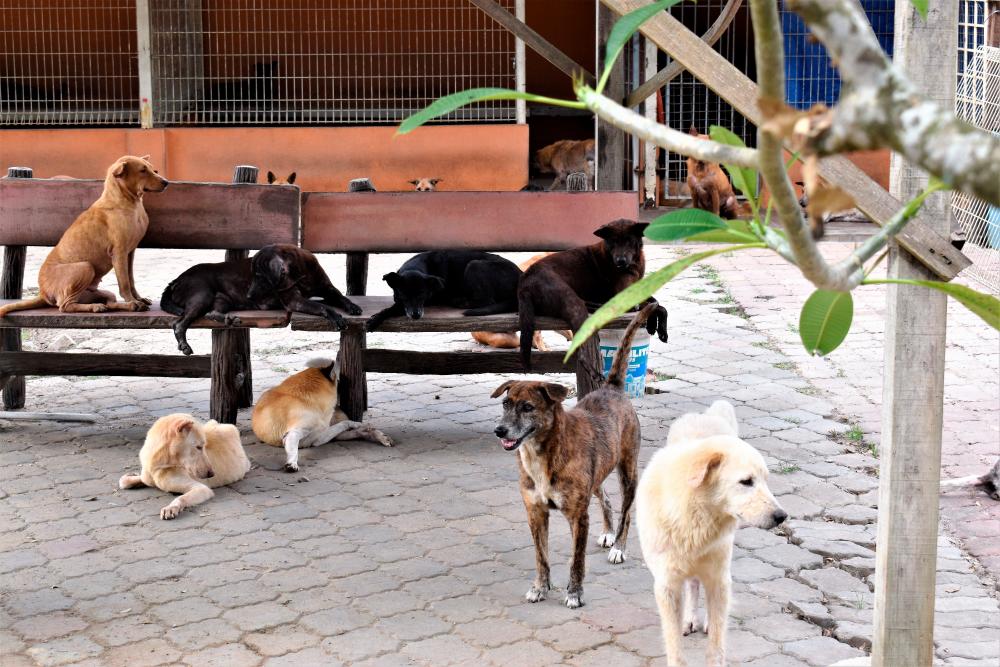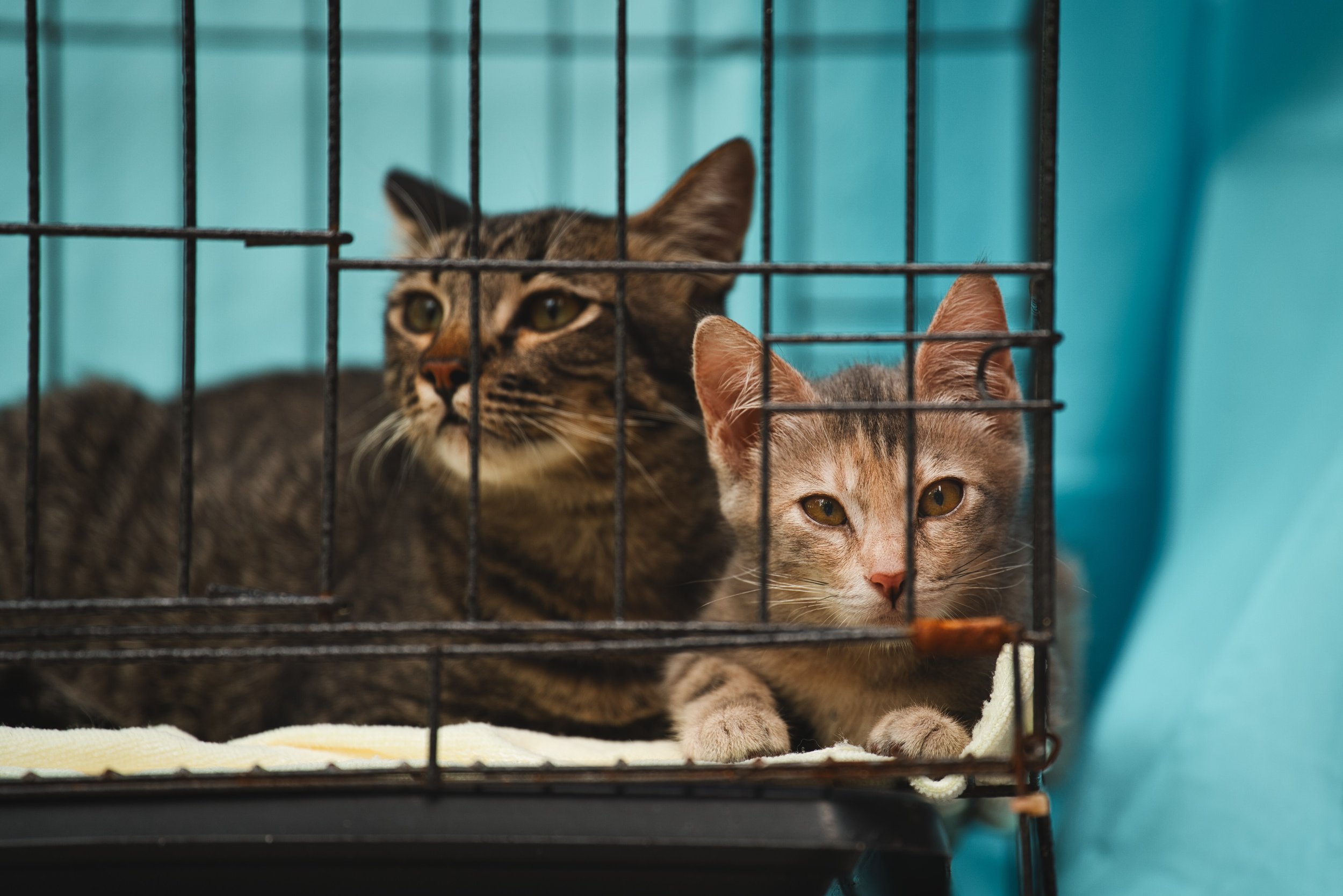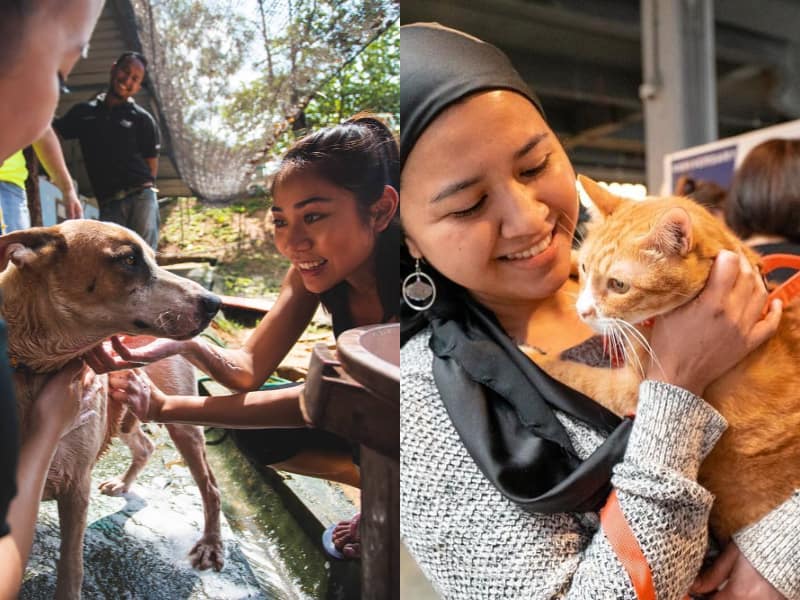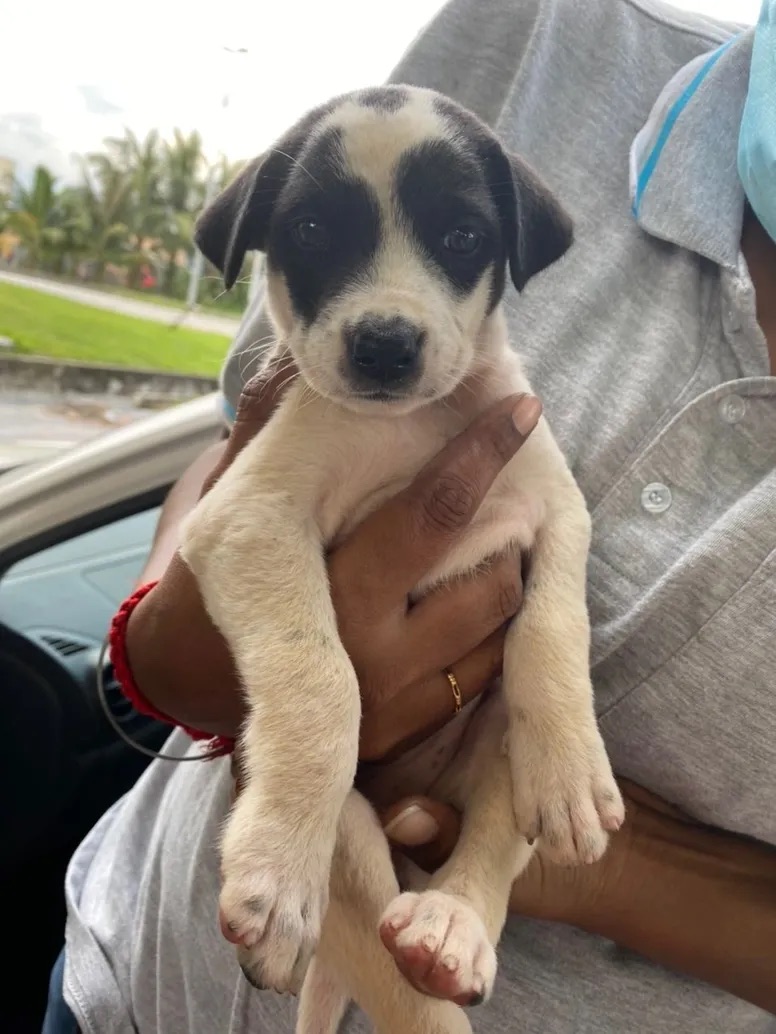Does Malaysia Have Kill Shelters? Here's What They Are & What You Can Do
Limited resources and space sometimes force kill shelters to make tough decisions.
The Selangor state government has recently been considering a no-kill policy for strays, which has got people talking about how Malaysia handles its stray animal situation
The proposed policy suggests that strays caught by local authorities should be neutered and released, instead of euthanised.
While many support this idea, it's good to understand what no-kill and kill shelters are, why euthanasia happens, and what other solutions exist.
In Malaysia, animal shelters generally fall into two categories:
No-Kill Shelters: These only put animals down in extreme cases, like severe illness or when they're a danger to others. They usually take in fewer animals to avoid overcrowding, but this also means they struggle with space and funds.
Kill Shelters: These take in more strays and abandoned pets but euthanise animals for various reasons, including overcrowding, limited space, severe illness or injury, and low adoption rates. Limited resources and space force these shelters to make difficult decisions, especially when dealing with animals that have medical or behavioural issues.
So yes, the simple answer is that Malaysia does have kill shelters.
Although the term "kill shelter" sounds harsh, they exist because of the sheer number of strays and the lack of space and funding to care for them
Malaysia has a huge stray population, especially in cities. Without proper control, strays suffer from starvation, disease, accidents, and abuse. In some cases, euthanasia is used to manage the numbers when shelters become overcrowded and adoption rates remain low.
Municipal councils are in charge of rounding up strays, and when shelters are full and adoption programmes are lacking, euthanasia becomes a way to prevent further suffering.
Some kill shelters may also opt to euthanise animals with long-term health conditions or skin diseases that are costly and difficult to treat, especially when it would prevent healthier animals from finding homes.
That said, there are more effective and humane alternatives to euthanasia.
Rather than relying on euthanasia, several strategies can help control the stray population sustainably:
Trap-Neuter-Release-Manage (TNRM): This humane method involves trapping, neutering/spaying, vaccinating, and then releasing strays back into their environment. It prevents breeding and gradually reduces the number of strays.
Encouraging adoptions: More people adopting instead of buying pets from breeders or pet stores can help ease the burden on shelters. Adoption drives and awareness campaigns make a difference.
Stronger laws: Enforcing stricter pet welfare laws, like mandatory neutering and harsher penalties for abandoning pets, can help control the stray population.
Community involvement: Educating people about responsible pet ownership and supporting community-led stray care (like feeding stations and TNRM programmes) creates a more compassionate approach.
At the end of the day, both no-kill and kill shelters exist because people abandon pets and fail to spay or neuter them
The best way to tackle this issue is to adopt instead of shop, support TNRM programmes, and be responsible pet owners.
Selangor's proposed no-kill policy is a positive step, but its success depends on community participation.
A mix of strategies is needed to balance animal welfare with realistic solutions for Malaysia's strays.




